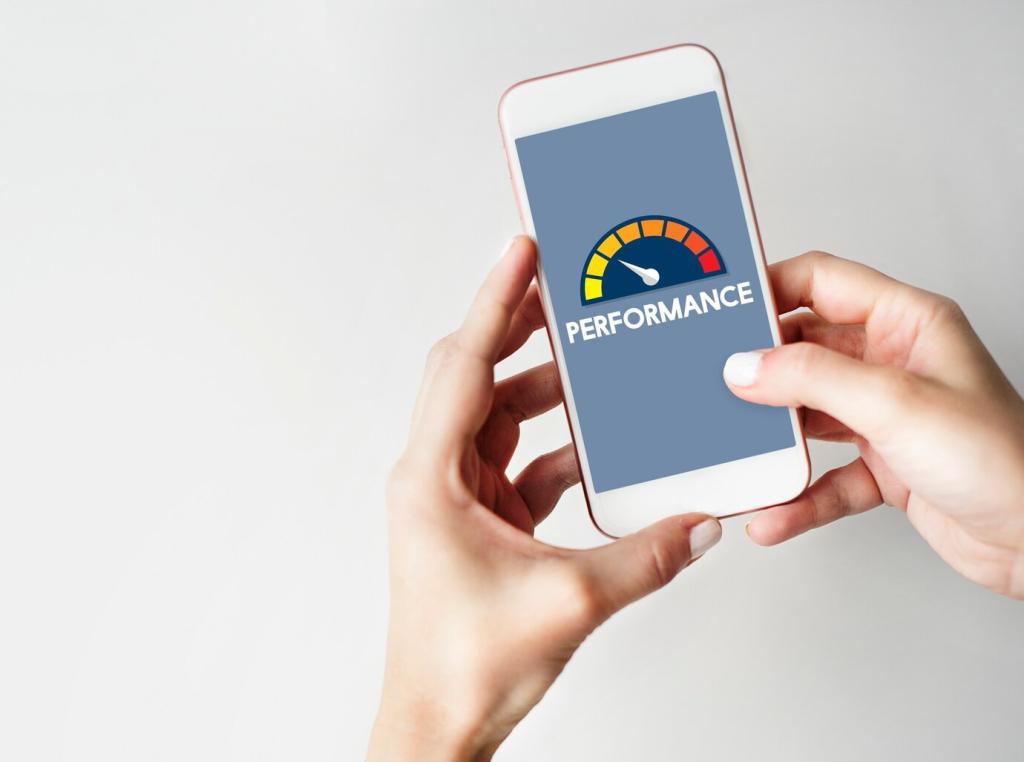The Brilliance of Pixels: Best Smartphone Screens
A best-in-class screen must be readable under fierce sunlight, with high peak brightness and low reflectance working together. Over 2,000 nits helps, but coatings matter, too. If you can frame a photo at noon without squinting, your display is doing something spectacularly right.
What Makes a Screen ‘the Best’?
HDR is more than a logo; it’s shadow detail that refuses to crush and highlights that sparkle without glare. Great panels sustain bright specular highlights while preserving mid-tones. When night cityscapes look cinematic instead of gray, you’re experiencing disciplined HDR performance.
What Makes a Screen ‘the Best’?

LTPO and adaptive refresh explained
LTPO allows refresh rates to adapt—from silky 120 Hz while scrolling to 1 Hz while still—to save power without sacrificing smoothness. It’s the quiet genius behind long days on battery. If your phone stays cool yet feels fluid, adaptive refresh is earning its keep.

PWM dimming, DC dimming, and gentler eyes
Many OLEDs dim with PWM, flickering at high frequencies that some users can feel. Panels with higher PWM rates or alternative dimming options reduce eye strain, especially at night. If late reading gives you headaches, explore anti-flicker modes for a more comfortable experience.

Coatings, glass, and reduced reflections
Anti-reflective coatings, oleophobic layers, and robust glass turn great panels into practical companions. Lower reflectance boosts outdoor visibility, while smudge-resistant finishes preserve clarity. The best screen isn’t just bright—it keeps glare in check and fingerprints out of your story.
Smoothness You Can Feel: Refresh Rates in Real Life
On paper, higher Hertz numbers mean smoother motion. In practice, they affect eye comfort and perceived speed. 120 Hz helps text stay legible mid-scroll and makes UI animations feel immediate. Once you adapt, going back feels like watching life through molasses.

On a crowded station at noon, I culled a burst of photos while announcements blared. A top-tier display cut through glare so well I could judge focus on eyelashes. That clarity meant catching a fleeting smile—proof that brightness and low reflectance save memories.

Sunlight legibility and reflectance check
Step outside at noon, open a high-contrast photo, and tilt the phone. If text remains sharp and reflections stay muted, your panel’s brightness and coatings are working. If you can’t read comfortably, no spec sheet can rescue that everyday frustration.
Real HDR, not just a badge
Play a dark HDR scene with bright highlights. Look for fine shadow detail around hair and fabric, and highlights that dazzle without blooming. If mid-tones turn muddy or whites scorch, the panel isn’t balancing tone mapping—true HDR is discipline, not just peak numbers.
Color honesty across apps
Open the same photo in the gallery, a browser, and social apps. On great screens with solid color management, tones match closely. If skin looks peach in one app and pink in another, the display or software pipeline might be stretching the truth.
Make Your Current Screen Look Its Best
Choose a ‘Natural’ or ‘sRGB’ mode for truthful tones, or a calibrated ‘Professional’ profile if available. Use any white-balance sliders to neutralize tints. A quick gray-card photo can help you align whites, making every face look human again.
Make Your Current Screen Look Its Best
Keep adaptive refresh on for daily use, but cap refresh in specific games if heat builds. Reduce animation scale in developer options for an instant snappier feel. Your phone will feel faster, cooler, and happier making it through long commutes.


The Future of Best-in-Class Smartphone Screens
MicroLED promises OLED-like contrast with higher brightness and longevity, potentially reducing burn-in risk. Manufacturing remains tricky, but early prototypes are compelling. When economies of scale arrive, pocketable panels could gain outdoor punch without sacrificing deep, velvet blacks.


The Future of Best-in-Class Smartphone Screens
Future screens will adapt not just refresh rate but tone mapping, local brightness, and even per-app color intent on the fly. Imagine your gallery honoring wide-gamut photos while your browser stays disciplined. Intelligence will make screens feel invisible yet perfectly tuned.
